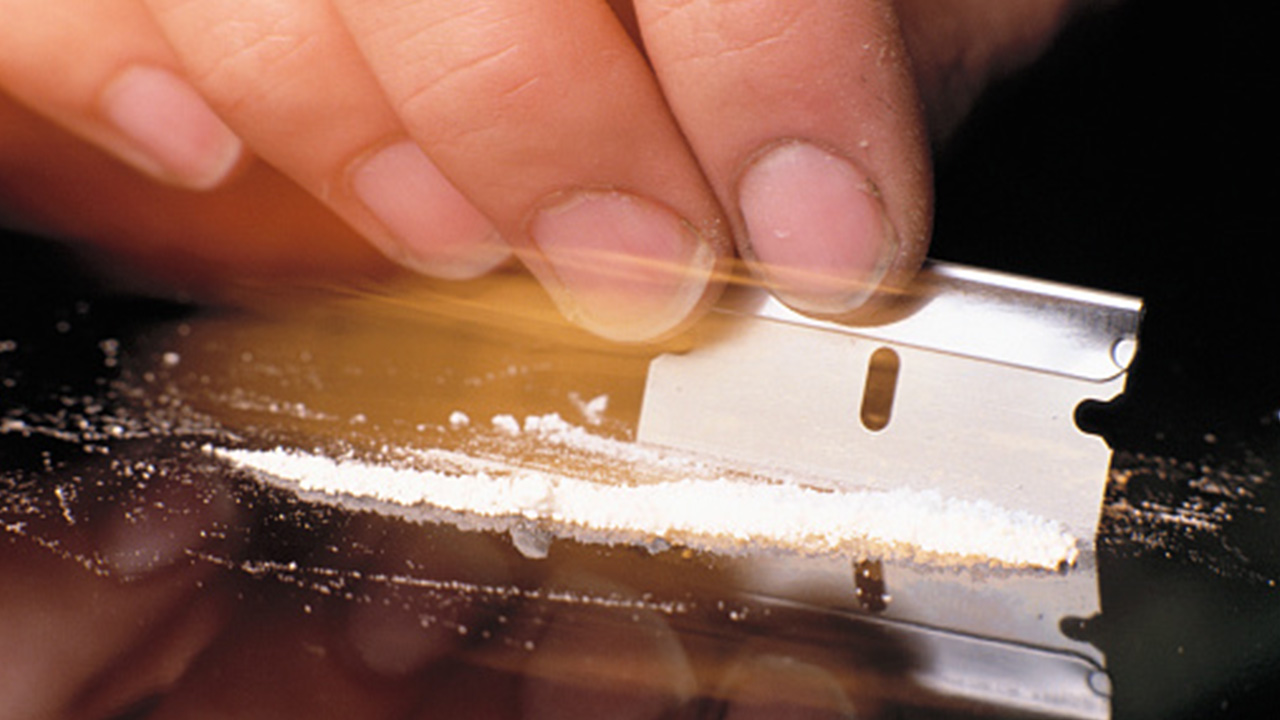
FRIDAY, March 5, 2021 (HealthDay News) — Seizures of illegal drugs fell sharply in the United States during early COVID-19 lockdowns, but spiked once stay-at-home orders eased.
Researchers studied seizures of marijuana, cocaine, methamphetamine, heroin and fentanyl in five locations between March 2019 (a year before the pandemic began in the United States) through September 2020, six months into the pandemic.
During that time, law enforcement officers made more than 29,500 drug seizures in Washington/Baltimore, Chicago, Ohio, New Mexico and North Florida.
Seizures — particularly of marijuana and methamphetamine — declined sharply in March and April 2020, when stay-at-home orders went into effect across the nation.
But after falling to a low point in April, drug seizures rose through the rest of the spring and summer as lockdowns were relaxed, peaking in August.
After April, the weight of drugs seized increased significantly, driven by a surge in marijuana seizures.
The August 2020 peaks in marijuana and methamphetamine seizures were higher than the previous year, but the researchers said it’s not clear whether that was because the drugs were more available or whether law enforcement officials were “catching up” after several months of delayed seizures. The research was conducted as part of the U.S. National Drug Early Warning System (NDEWS).
“Although seizure data is not the most robust indicator of the prevalence of drug use, it does serve as an indicator of drug supply and availability,” study leader Joseph Palamar said in a New York University news release. He is chairman of the NDEWS scientific advisory group and an associate professor of population health at NYU School of Medicine.
Palamar noted that fewer seizures or lower volumes of drugs seized can reflect a disruption of supply chains.
The researchers didn’t find any major changes in seizures of cocaine, heroin or fentanyl during the pandemic’s early months, but seizures of fentanyl slowly increased over two years, independent of the pandemic.
“Future research should harmonize data on seizures with other studies of drug use, availability and overdoses in order to determine the most accurate picture of drug use trends during the pandemic,” said study co-author Linda Cottler, an epidemiologist at the University of Florida.
The findings were published March 2 in the journal Drug and Alcohol Dependence.
More information
The U.S. National Institute on Drug Abuse explains drug abuse and addiction.
SOURCE: New York University, news release, March 2, 2021
